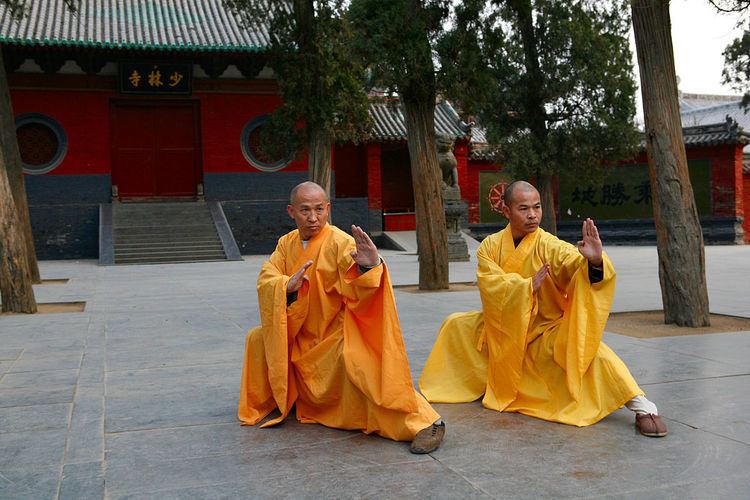 | ||
The history of this style is unclear, but there are two likely sources for this style:
Contents
- The name Kunlun Mountain Fist may be a reference to the Kunlun mountain range, which is associated with Daoism.
- The name Kunlun Mountain Fist may be a reference to Kunlun Mountain in Shandong Province. As more information about this style becomes available, this is becoming the more likely source. For example, one of the forms is called "White Cloud Mountain Fist." White Cloud Mountain is in Shandong province. Also, several of the forms are almost identical to the forms in Kunlunquan, which is also from Shandong province.
Forms
Empty Handed Forms:
Weapons Forms:
Teachers
There are no public teachers in North America or Europe.
Shifu Jason Baaht taught this style along with Wudang styles in Indianapolis, but he died in 1997 and left no clear successor.
Jason Baaht (Ba Yexing)'s senior disciple was named Damien Baaht (Ba Demen). Both names are Taoist names. Jason Baaht was of Hakka Chinese descent, and Damien Baaht was an Englishman.
Related Styles
Due to the similarities between the forms in this system and those of Kunlunquan, it has been suggested that one style is an offshoot or variation of the other. All the Kunlun Mountain Fist forms fit into the category of the Daoist martial arts, and some of the Kunlunquan forms seem to belong to the Southern Hakka styles, so it has been argued that Kunlunquan is a hybrid of the Kunlun Mountain Fist, but there is no consensus at this time.
